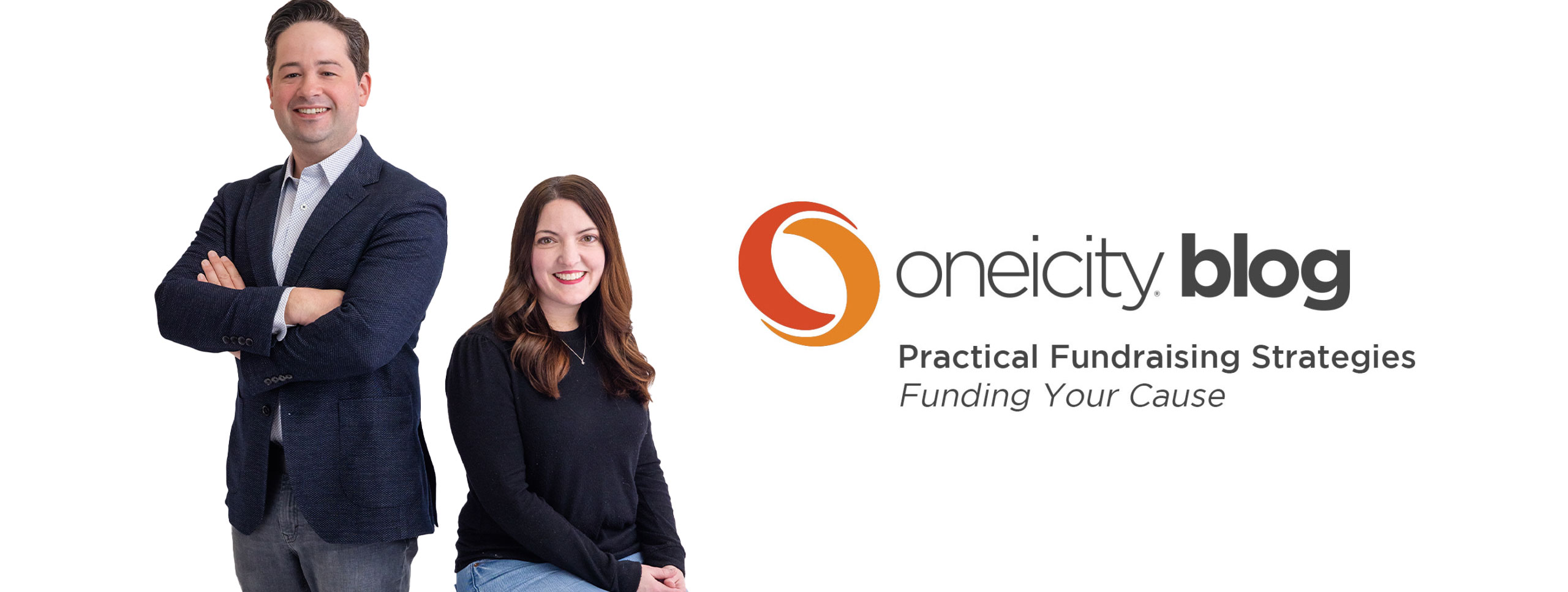For successful fundraising, you must do more than focus on your donor. A well-designed Messaging Strategy is what makes the difference for your donors and your bottomline. In Part 1, I laid out the strategic structure of the message. Now we’re to the fun stuff.
Story.
I’ve said, in the past, when in doubt tell a story. But, really, you don’t even need to be in doubt. Just tell a good story (there’s no room for bad stories, no one has time for that).
Donors don’t have time for your fundraising, but they’ll take time for a good story. Don’t take my word for it,
Here’s Jonathan Haidt, author of “The Righteous Mind” from an essay in Scientific American (May 8, 2013):
“The human mind is a story processor, not a logic processor. Everyone loves a good story; every culture bathes its children in stories.”
Think about it, when we want to help our children learn principles, we tell a story. Since I’m a guy who follows Jesus, I have to say, that when Jesus wanted to make a lasting point, He told a story. (His stories are part of our culture even for people who don’t follow Him).
Here’s how to build a great fundraising story. Remember this is part of a larger structure, you can’t just tell stories (although I’m tempted).
First make it short. We’ll come back to that.
Start with a main character. You must tell about people. Maybe you tell about the founder of your organization or about yourself. Maybe you tell about a person you helped. Maybe it’s about someone you can’t help. Even if you’re solving a sweeping global problem, zoom in on one person and help your donor see that person.
Your donor needs to feel a connection with a person. When your character has made poor choices or choices that would be inexplicable to your audience (see below) you must find ways to make those choices make sense to the audience or you must make sure that the audience has empathy for your main character.
If you want to change a generation, a nation or the world, that’s fine, but tell us about one person. We can’t identify with a nation or a global issue but we can connect with one person. There’s a real trick to making a character real. In the Lensing section of Part 1 you can find some information. (But if you want more, we’re doing some webinars soon and you can get some more tools for this).
Once you have a character, you have to have a plot. Great fundraising stories have a plot. Fundraising story plots are built on conflict, opposition and doubt…plus hope. (Doubt about how it will all end or doubt about who will join in your great cause or who’ll experience the victory with you). That’s part of the magic that holds a donor’s attention. Think about the drama and conflict in your life. If you’re like me, the very things that make your life uncertain, unsettled and difficult are key ingredients in a good plot.
Contained in the plot are the backgrounds, motivations, consequences and choices. Here’s a great article from the BBC that describes the 6 basic plots of all powerful stories. It’s from Kurt Vonnegut’s famous lectures on story arcs. Here’s Vonnegut in a short video (fair warning, he’s spicy). You can find longer versions of his lecture with a little Googling. If your story doesn’t follow one of those plots…you don’t have a story.
“We are not thinking machines, we are feeling machines that think.” That’s what Richard Restak says in his book “The Secret Life of the Brain.” Stick with logic and facts to achieve boring results. Go for feelings to create deep, lasting, valuable relationships with donors. If donors aren’t feeling something they’re going to be just readers. All of our work with message strategy and story is to encourage or persuade someone to act. They won’t act on facts. Let me give you one more quote on the power of emotion because there are so many proponents of logic.
“The essential difference between emotion and reason is that emotion leads to action while reason leads to conclusions.” Daniel Calen, Neurologist.
People act from feelings not facts. You’ve heard this from me over and over, I won’t belabor that any more than I already have.
And your fundraising stories must have an audience. This is more than that “tree falls in the forest” thing. You have to think about what you know about the people who will experience this story you’re telling. Are they sympathetic to your cause? Do they have any common experiences to who you’re helping? What might be their motivations for giving or joining your cause? What would de-motivate them to help? You don’t change the facts of your story based on your audience, but this will drive what you emphasize, leave out and how you flavor your story.
Remember, you’re not telling a story in a vacuum. The story is a part of message strategy. The story on its own won’t get your donor to act. If you get your donor to feel, you’re ready for the CTA (call to action). More on that next time. Look back at Part 1 and see how this fits together.
Oh, and “short.” You thought I’d forgotten that, didn’t you? In fundraising, you have to distill this story to it’s most essential elements. What can you eliminate? What can you condense? What are the barest of the bare bones? Tighten, edit…it’s a blood letting to edit your story to only what has to be there. And almost certainly, you’ll think your story has to be longer than it really has to be. So cut to the bone.
How short can it be?
Well, consider this famous “story” in 6 words:
For sale, Baby shoes, Never worn.
If that’s new to you, take a second and think about the plot and emotional freight packed into those 6 words. I hope you’re familiar with the great story about Hemingway creating that 6-word story. It’s probably not exactly the way we’ve heard it. But supposedly Papa Hemingway collected on a bet with those words. You can read the story and what’s probably the real background here. You’ll need more than 6 words but probably not as many words as you’ll be tempted to use.
So, there you go. Part 2 on Messaging Strategy. Let me know what you think. And thank you, thank you for those of you who are in dialog with me. It’s helpful.
Now go out use a story to connect with a donor. I’m grateful for you.
Oh and we’ve had enough conversations around this topic and requests for more information that we’re planning a 30-minute webinar to take you to the next step. If you’re interested you can give us your email address right here and we’ll let you know as we finalize the details. We’re going to keep them small so we have time for questions and problem solving.
If you’re not getting our email newsletter with information about this blog, you’re missing out on some of the good stuff.You can sign up here. Have no fear, I’ll never sell you out or spam you.

